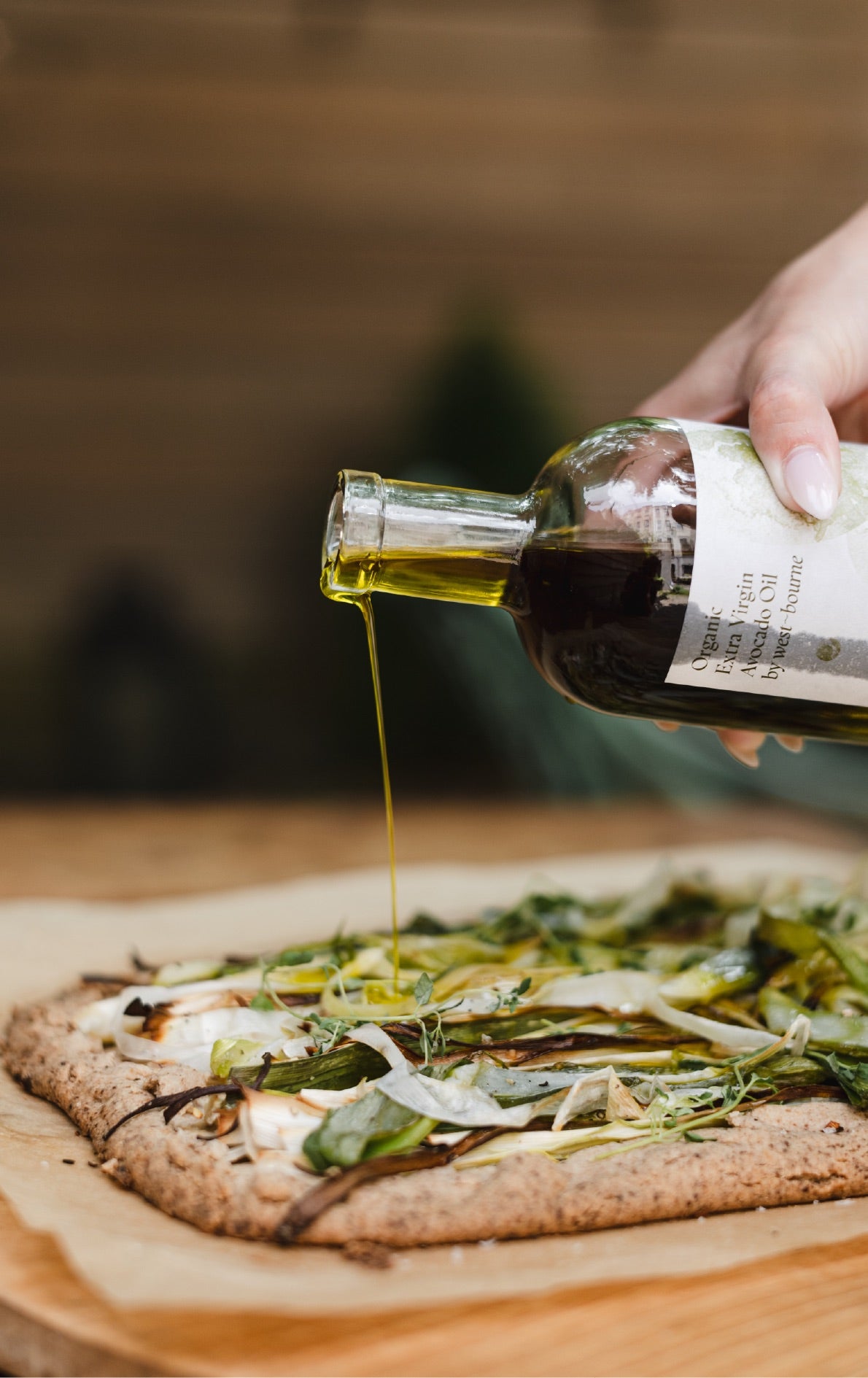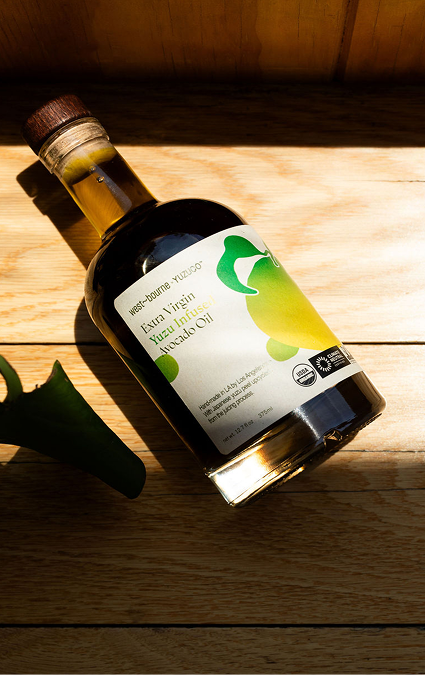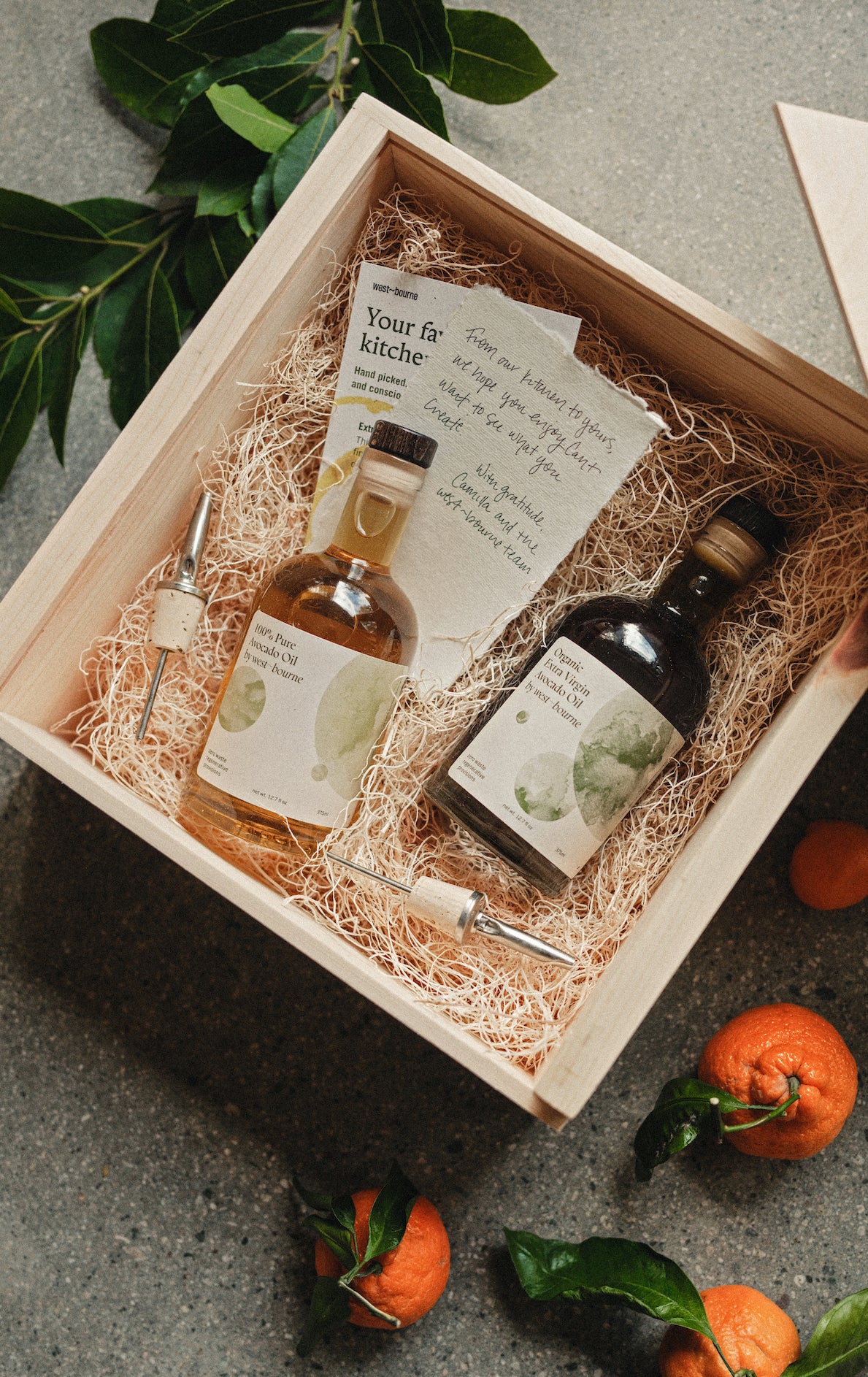Cover Crops 101
For Regenerative Farming

The Key to Regenerating Soil
Cover crops are an essential component of regenerative agriculture—the key to regenerating soil and making it more resilient to a changing climate. As opposed to crops for sale (or cash crops), which were used for a long time within conventional farming circles, cover crops are used to rejuvenate fields and protect and enrich the soil in the off season. While the agricultural practice has been around for centuries, studies have found that cover crops have the potential to sequester 60 million metric tons of CO2-equivalent per year—making them one of the least expensive and effective approaches to mitigate climate change.
What are Cover Crops?
Cover crops are planted primarily to improve soil health and boost fertility without the use of chemical fertilizer. Cover crops are planted after the cash crop has been harvested, or in between seasons to protect the soil from wind, rain, and erosion—all of which lead to nutrient loss.
Using a variety of cover crop plants make a difference because each plant exudes its own unique blend of sugar, enzymes, phenols, and biological compounds—they include cereals, brassicas, legumes and other broadleaf species, and can be annual or perennial plants. (Think alfalfa, winter peas, rye, mustard, oats, and buckwheat.) Choosing the right cover crop depends on the planting season, local climate, and soil type.
How Cover Crops Work:
Cover crops capture atmospheric carbon dioxide in soil, helping make soil healthier and crops more resilient to a climate climate. You can think of them as “living mulch” that work to control pests and disease, enhance water availability, and increase biodiversity. The environmental benefits are vast:


Sustainably-Minded: Our Regenerative Farming Partners
At west~bourne, we’re forging a new regenerative food system that supports long-term solutions to climate change. This begins with our local farm partners, each of whom are a part of the growing regenerative agriculture movement, adopting practices that rebuild soil health and pull carbon out of our atmosphere, which are key factors to restoring the earth
You can taste this first-hand in our House Baking Mixes, a naturally gluten-free blend of buckwheat and oat flour that provides a nutritious alternative to wheat.







